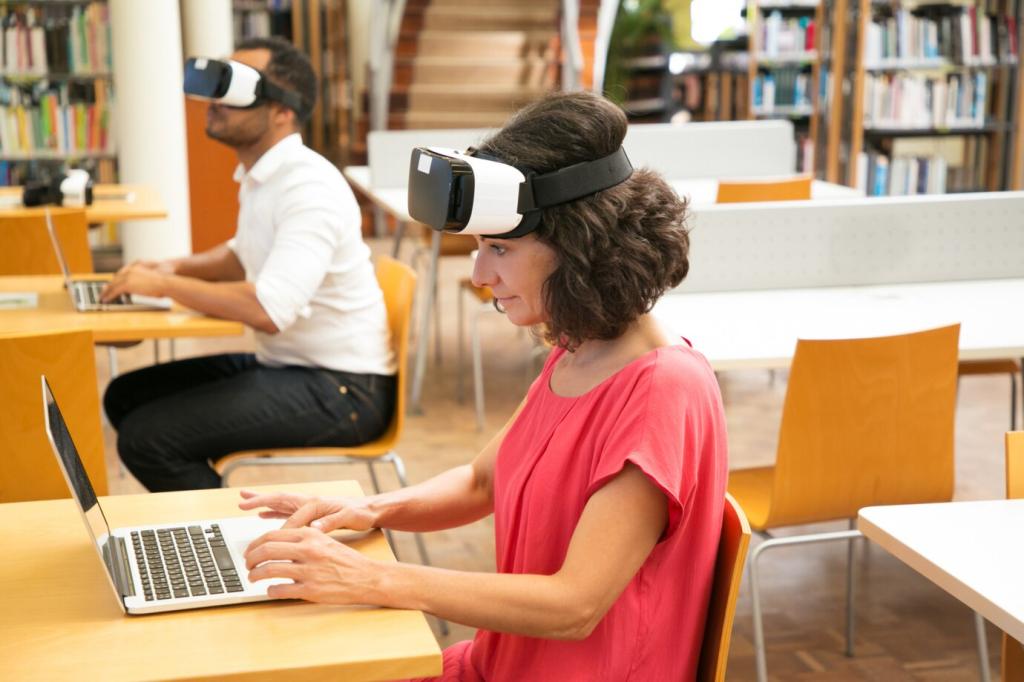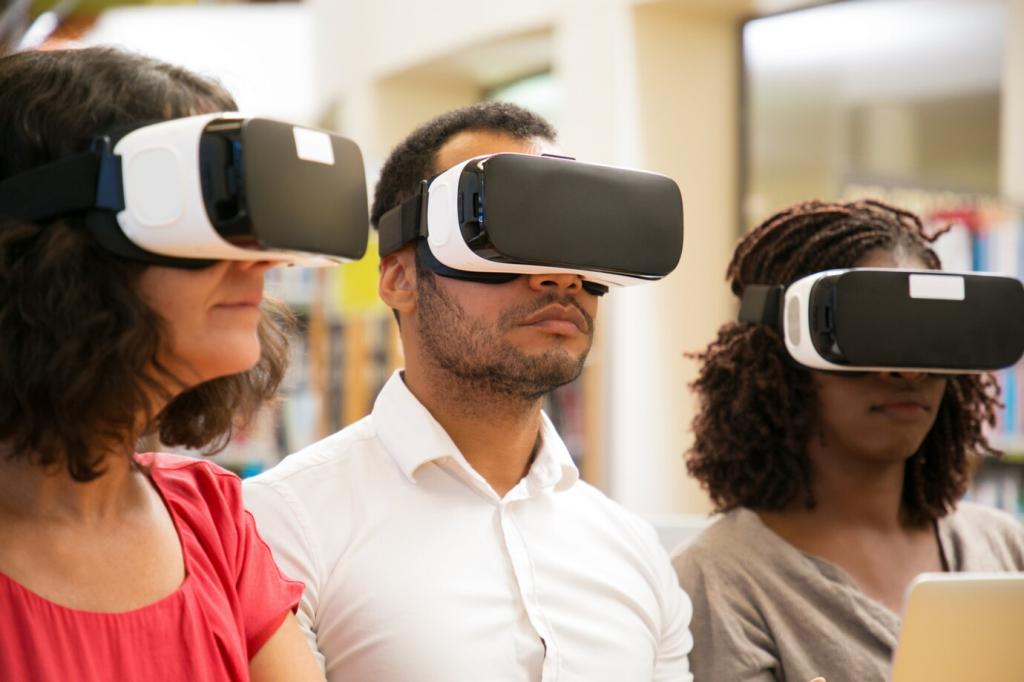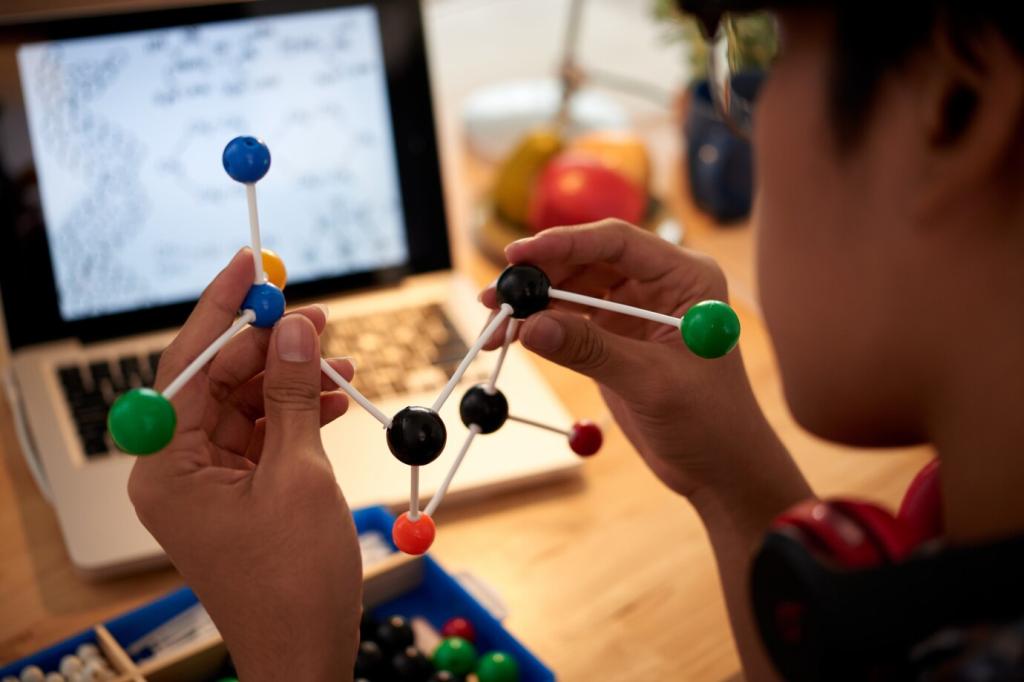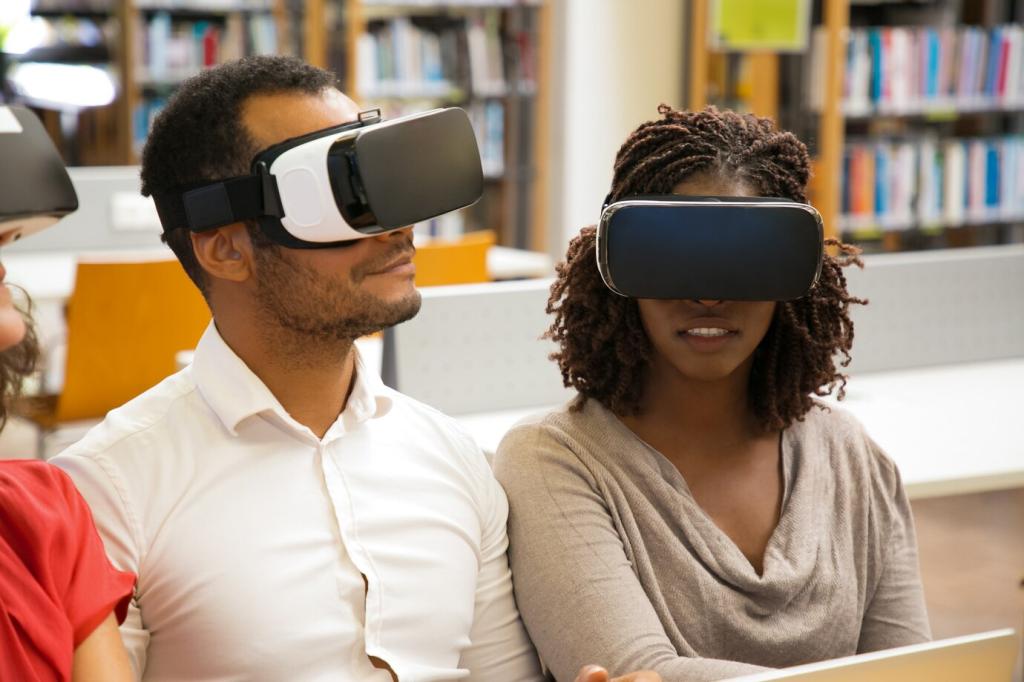This website uses cookies so that we can provide you with the best user experience possible. Cookie information is stored in your browser and performs functions such as recognising you when you return to our website and helping our team to understand which sections of the website you find most interesting and useful.
Benefits of VR in Education: A Glimpse into the Future
Virtual Reality (VR) is swiftly transforming the educational landscape, offering immersive and interactive experiences that were once the province of science fiction. With advancements in technology, VR is now accessible to classrooms across the globe, enabling students and educators to transcend traditional limitations. This revolution in learning is poised to enhance engagement, deepen understanding, and democratize access to knowledge. Through carefully crafted virtual environments, learners can experience subjects firsthand, fostering a deeper connection with material and enabling educators to unlock new approaches to pedagogy. The future of education is being reimagined through the lenses of VR, presenting a glimpse into a world where experiences replace rote memorization and discovery becomes truly boundless.

Immersive Learning Environments
Gamification and Interactive Challenges
Improved Comprehension and Retention
Experiential and Multisensory Learning
Visualization of Abstract Concepts
Repetition and Reinforcement in Safe Environments

Accessibility and Inclusivity in Learning

Bridging Geographical and Economic Gaps

Enhancing Support for Diverse Learners


